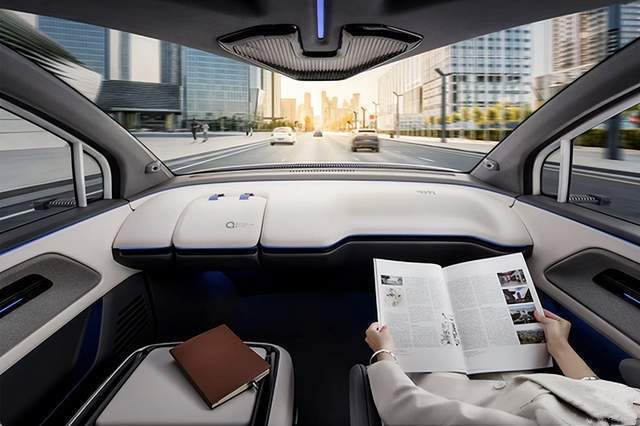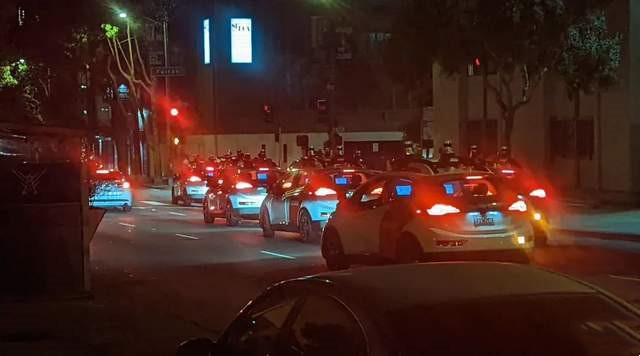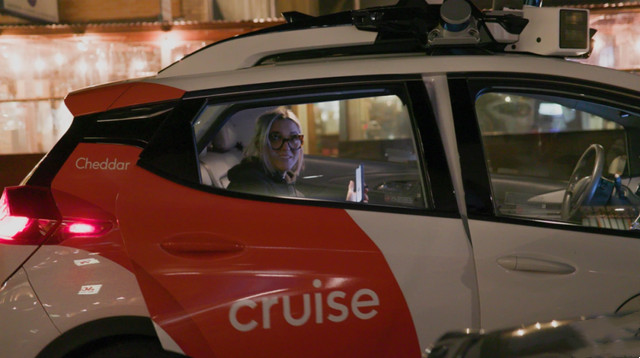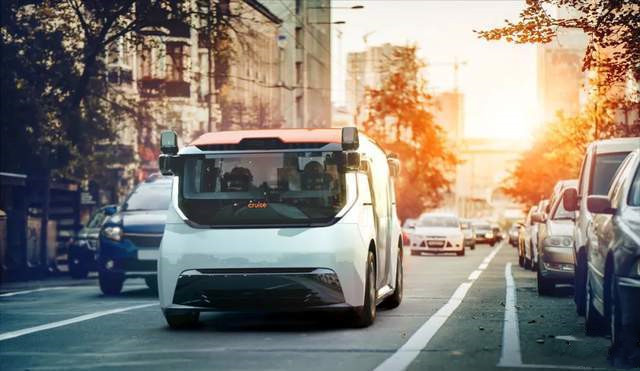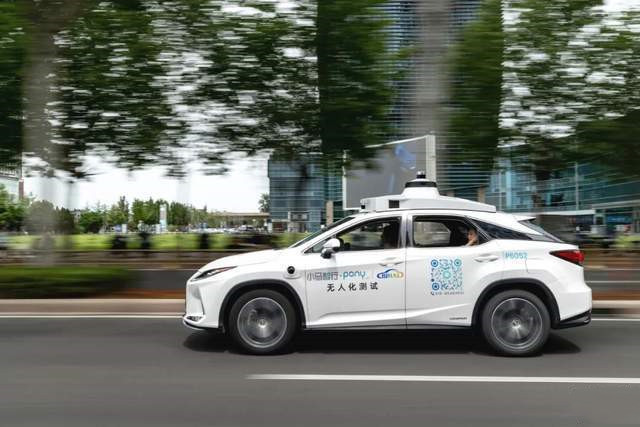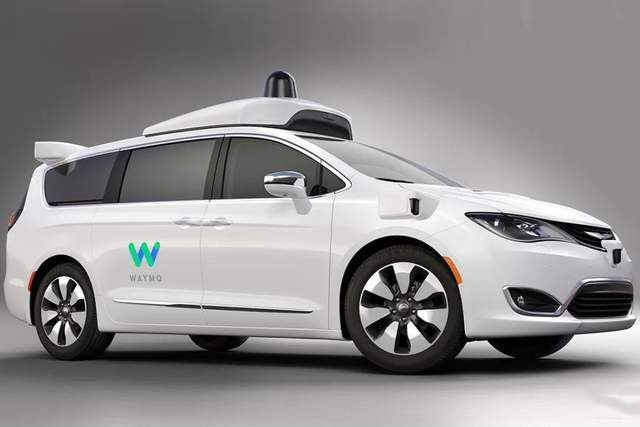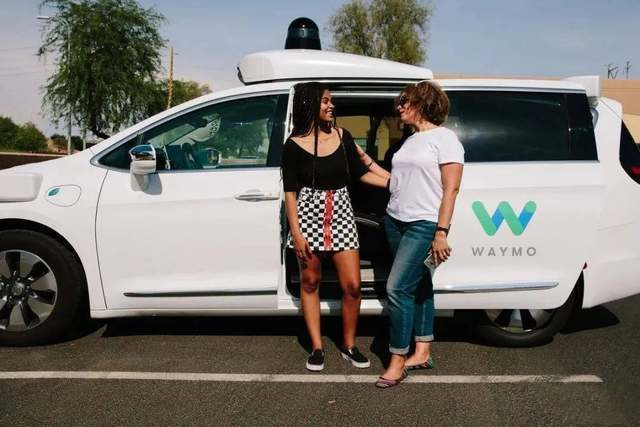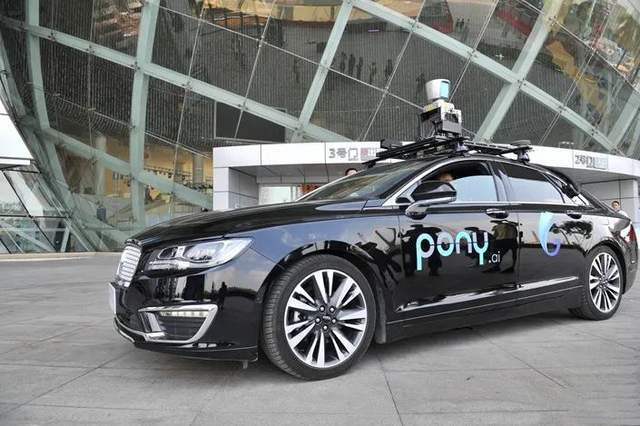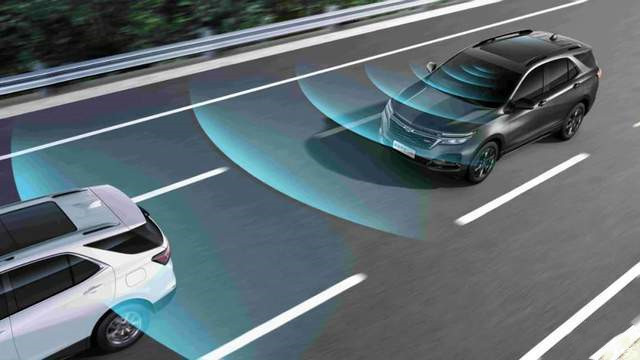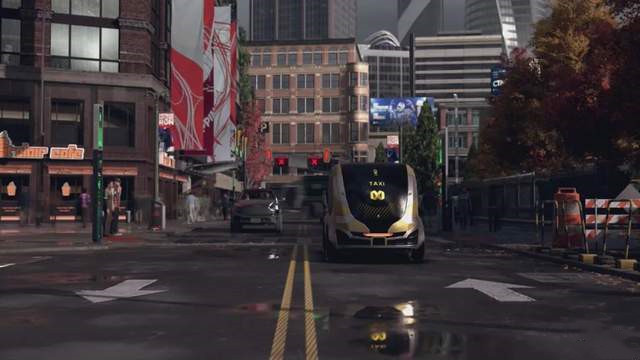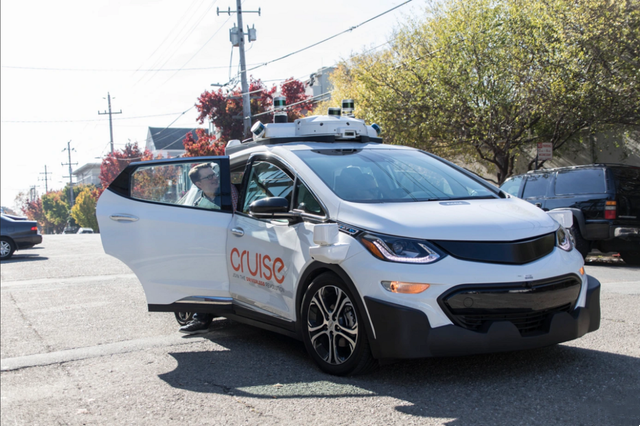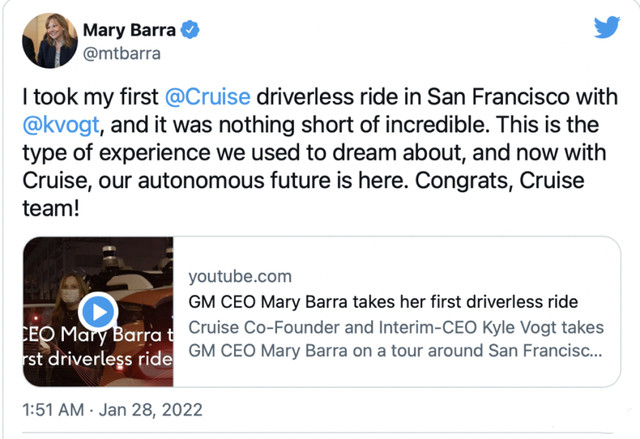A few days ago, at the Baidu World Conference 2022, Baidu launched the latest sixth-generation unmanned vehicle, the Apollo RT6.
The biggest difference between this car and the previous generations of unmanned vehicles is that there is a “steering wheelless” mode, and the cost has plummeted to 250,000 yuan.
As a standard mass-produced vehicle with L4 fully autonomous driving capabilities, Apollo RT6 is very close to the unmanned vehicles in science fiction works in software and hardware.
According to Li Yanhong‘s introduction, this product, which is close to the complete self-driving car, will be officially put into use in 2023 through Carrot Run.
That is to say, a driverless taxi without a steering wheel will be available in China next year.
Is it not far from Robotaxi’s official entry into the human world?
Let’s take a look back at the current state of autonomous driving.
In June, the first autonomous driving management regulations for L3 and above were passed in Shenzhen;
In July, the first dedicated lane for autonomous driving was officially opened in Shanghai.
It can be seen that in terms of promoting the implementation of autonomous driving, the official has been accelerating.
The progress of the United States has also developed into commercial operations.
However, the exploration of the field of unmanned driving has not been smooth sailing. Not long ago, a magical accident caused by Robotaxi occurred in San Francisco, USA…
01. Fast forward while groping
This is a special traffic accident.
Several Robotaxi drove from different directions to a street in downtown San Francisco, and crowded together, causing hours of traffic jams in that area and hindering the “official” work of the cleaning vehicles behind, causing the entire block to be crowded. The cleaning job could not be completed.
This accident not only opened people’s minds but also launched various conjectures including “artificial intelligence strikes for wages” and “AI holds mysterious rituals”. The cars involved may also face a fine of $76 per car.
These protagonist cars belong to Cruise, a subsidiary of General Motors. They are real driverless taxis without security guards. On June 22, they began to provide charging services in San Francisco, USA.
That’s right, although there is still a steering wheel on this batch of Robotaxi, the car is completely unmanned! In fact, Cruise is not alone. In China and the United States alone, there are no less than ten companies that are testing or piloting Robotaxi. Regardless of the accident rate, the autonomous driving technology that humans have mastered at this stage can fully achieve L4-level autonomous driving.
It is only due to the constraints of technical stability, regulatory and policy requirements, user acceptance, and other factors that Robotaxi has been unable to enter our daily life on a large scale. After all, if a person hits a person with a car, the normal process is to first determine the responsibility, and then pay proportionally, either the insurance or the car owner; But Robotaxi bumped into someone, and how and how much to pay after the division of responsibilities is a big problem in the world. So up to now, no matter where it is, Robotaxi has to be equipped with safety officers in the background and take over the vehicle at critical moments.
Therefore, if any curious friend wants to experience a Robotaxi service, there is no need to worry about safety issues. For example, China’s “Carrot Run” provides operations in many tourist cities. In Beijing, there are even five regions to choose from Yizhuang, Tongzhou, Shunyi, Haidian, and Shougang.
The same is true in the United States. GM and Ford have formally petitioned regulators to allow them to deploy self-driving cars without human controls such as steering wheels and pedals.
And Amazon, which has Zoox and a self-driving car without a steering wheel, the VH6, is not to be outdone by Robotaxi.
And regulations seem to be encouraging the new Robotaxi.
In April, Beijing issued a new rule that allows the Robotaxi’s main driver to be unmanned. On the same day, Baidu Apollo and Pony.ai couldn’t wait to move the safety officer to the co-pilot and began to provide Robotaxi service without the main driver.
On July 20, Beijing officially opened the country’s first pilot program for the commercialization of unmanned travel services, which has taken a step forward from the previous “demonstration operation” and turned it into a “normalized commercial operation”.
Baidu and Pony.ai have also become the first batch of licensed companies and can invest in 30 autonomous vehicles with driverless vehicles within the scope of the economic development zone to carry out normal charging services.
From simple road testing to commercial operation, after several years of development, driverless taxis have finally seen the dawn of competing with traditional taxis!
02. Bad luck
But on the eve of dawn, there is still a hurdle that autonomous driving cannot overcome for the time being. “Three years of commercial use and five years of mass production of autonomous vehicles”! This is the slogan that Wang Jin, the former head of Baidu’s autonomous driving division, shouted out in 2015.
His words are typical in the industry around 2016. In the past, the entire autonomous driving industry was very optimistic about the prospect of Robotaxi landing, and it was generally believed that it could be commercialized in 5-10 years. From the perspective of autonomous driving companies and investors, the core technology of autonomous driving has been conquered, and the rest is nothing more than testing and verification, and then it can be brought to the market and profitable.
This attitude has led to a wave of investment in Robotaxi, and major technology companies and car companies have entered the game by investing in or acquiring autonomous driving companies. So much so that the valuation of autonomous driving companies has been piled up to a height that now seems incomprehensible. For example, Waymo, the leading autonomous driving company with a valuation of $30 billion in 2021, will have a peak valuation of $175 billion in 2018.
However, it turned out that the CEOs at the time were too naive. This golden track, which is estimated to have a market size of trillions, is far from being run through.
When it comes to personal safety, no matter which country you are in, you are always more cautious. Not to mention the hesitation of the laws of various countries on L3 autonomous driving licenses, just the setting of a safety officer is an insurmountable barrier. As the name suggests, the meaning of driverless taxis lies in “no one”! What does it mean to have a security guard in the car?
Not to mention that the safety officer does not drive, even if the safety officer is moved to the co-pilot, as long as there are other people in the car except passengers, this taxi is not really a Robotaxi. In fact, the major companies are the most aware of this, and they are also the most eager to “invite” the safety officer out of the car.
In October 2019, Waymo canceled the security guards in the car in an internal beta service for hundreds of users in Phoenix, USA.
However, this is only the beginning of the gradual withdrawal of security officers.
In May of this year, Pony.ai’s autonomous driving license in California was revoked because its supervision of safety officers was not in place, and the safety officers violated the rules many times during the road test.
The security officer’s delay in quitting is based on the need for testing.
In theory, the reason why driverless vehicles are safer is that the operation of the vehicle is controlled by purely rational artificial intelligence, which is more reliable and has a lower accident rate than the sometimes emotional human driver. After all, it’s impossible for a program to say goodbye to cars “in a fit of anger”, right? But the question is, how to prove that artificial intelligence itself will not fail?
This requires constant testing. During the testing process, the autonomous driving company improves the problems that may be encountered in different driving scenarios by handling various “Corner cases” to avoid the appearance of bugs.
The more tricky the scene, the more difficult it is to simulate, and the more it has to be verified through multiple and long-term tests. The existence of safety officers not only means that the test vehicle can complete “quick and accurate” operations such as emergency stop and emergency avoidance under special circumstances but also collects a lot of valuable data for autonomous driving companies.
Even if the safety officer is canceled, it does not mean that the Robotaxi has come to the end of the test: to ensure that the Robotaxi is also stable without the supervision of the safety officer, a large amount of data is still needed as a reference.
Therefore, from the current point of view, the tests required for unmanned driving are far from over, and Robotaxi is still far from a larger-scale application.
03. Who has the final say in the future?
At the Baidu World Conference 2022, where the sixth generation of unmanned vehicles was launched, Robin Li proposed, “Having an unmanned car in the future will be half cheaper than taking a taxi now.”
How is this calculated? Let’s take a look at the accounts calculated by Wang Yunpeng, vice president of Baidu and general manager of the autonomous driving division:
The current cost of the RT6 vehicle is 250,000 yuan. Calculated based on 5-year depreciation and scrapping, then the annual cost is 50,000 yuan, which is 4,166 yuan per month, plus the cost of electricity, insurance, and remote software. The cost per car per day is 200-250 yuan.
“According to an average of 20 yuan per order, as long as you run 12 orders a day, you can achieve breakeven, and the rest is a net profit.”
And from the point of view of the passenger side, Robotaxi has one thing that traditional taxis and even online car-hailing cannot compare to – it does not need a driver, and there is no large labor cost, so the price reduction of the fare will be very considerable.
It is no exaggeration to say that Robotaxi’s replacement of taxis and online car-hailing in the business model is an epoch-making subversive change. This promising emerging track has a potential market size of trillions.
As a result, countless start-ups and many giants have invested heavily in the Robotaxi field, which has yet to see “returning money”.
Now that the investment fever has subsided, a wave of startups that cannot get financing has been swept away, and the remaining ones are basically star players who are backed by giant capital.
As Robotaxi is approaching commercialization step by step, the autonomous driving company that has been tempered for many years has also concluded a consensus: driverless taxis must deal with the three aspects of autonomous driving technology, vehicles, and platform operations. The importance of these three parties is also reflected in the investment list of autonomous driving companies. Technology companies, car companies, and travel platforms are all heavyweight players who are keen to invest in the Robotaxi track.
For example, Google is behind Waymo, General Motors is behind the acquisition of Cruise, and Didi, which established its own self-driving company.
However, with the “good news” in the field of autonomous driving, these companies have to solve a classic problem when they face the dawn – which party will have the right to speak in the future of the Robotaxi business with the participation of three parties?
In this regard, the industry has concluded in 2018 that “selling rides, not cars” will be the future car business model.
This means that the most important thing for Robotaxi is not the car, but the self-driving service. In this regard, a travel platform with massive user operation data and order generation scenarios has a natural advantage. In addition, as vested interests in the travel market, these travel platforms have enough motivation to expand Robotaxi’s business, even if only out of the anxiety of “insecure status”.
Except for Didi, which is its own travel platform, other travel platforms are also willing to cooperate with autonomous driving companies. For example, WeRide Zhixing cooperates with AutoNavi, and its Robotaxi service can be directly launched on AutoNavi’s taxi-hailing platform.
In future commercialization, the most important technology research and development and verification at this stage will be relegated to the second line, and consumer demand docking and multi-scenario travel services will become the most important parts of daily operations.
In this regard, travel platforms have more accumulation than self-driving companies.
And from the user’s point of view, relying on the entrance of the travel platform, it is possible to directly obtain a large amount of existing traffic on the travel platform, which is also convenient for reducing users’ learning and use costs and ensuring user experience. Just like in the current Baidu travel platform, you can directly click on “autopilot” to go to “Radish Run” to place an order.
Perhaps the Robotaxi service in the future will be integrated into the business line of the travel platform and gradually replace the taxis currently driven by humans.
04. Write at the end
No one doubts that Robotaxi will be a transformative way to travel.
However, artificial intelligence at this stage may still switch to “artificial mental retardation” at any time.
The above-mentioned Cruise company, which was reported anonymously by a self-proclaimed employee of the company, is currently facing scrutiny from U.S. regulators and the company’s board of directors.
The reason for the report is that the whistleblower is concerned about safety issues. In the warrior’s view, Cruise’s Robotaxi has various failures, and the company is not really ready for a large-scale rollout.
Two incidents in the first half of the year, in April and June, appeared to confirm the whistleblower’s view.
However, many people, are still willing to choose a robotaxi in the face of the occasional robotaxi and a very mature real person driving taxies, such as single women or social fears who do not want to deal with people.
Because compared with some bug incidents of repeated U-turns and staying in place, personal accidents that only happen to drivers will make them more worried. It can be said that although robotaxi may be “artificial mental retardation”, taxis driven by humans also have many shortcomings.
From another perspective, the direct purpose of developing autonomous driving technology is to liberate manpower. If human drivers can be completely replaced by AI, it will be a great liberation for the labor force, and it will have a huge impact on human life.
Robotaxi is equivalent to a vanguard, taking the lead in leading human beings into this world that only existed in science fiction works before. There is no doubt that the large-scale commercialization of Robotaxi will be a vision that makes people feel emotional.
We are going through change.
